Listen to part of a lecture in a geology class.
Alaska is fascinating to geologists because of its incredible landscapes.
Permafrost has a lot to do with this.
That is the areas where the ground,the soil,is always frozen,except for the very top layer,
what we call the active layer of permafrost,which melts in the summer and refreezes again in the winter.
The northern part of Alaska is covered in lakes,thousands of them.
And most of these are what we call thaw lakes,T-H-A-W,thaw lakes.
I'm going to show you a few sketches of them in a minute,
so you'll have a good idea of what I'm talking about.
So how these thaw lakes are formed has to do with...
OK.It start with ice wedges.
The top part of the ice wedge melts.
Should I back up?
Ice wedges form when water runs into cracks in the ground,the permafrost,then freezes.
You ever see mud after it dries?
Dried mud has cracks because when it dries it contracts,it shrinks.
Well,in winter permafrost behaves similarly.
It shrinks in winter because it freezes even more thoroughly then.
And as it shrinks,it froms deep,deep cracks.
Then in the summer,when the active layer,the top layer of the permafrost,melts,
the melt water runs into those cracks in the permafrost,
then freezes again,because that ground,the ground beneath the active layer is still below freezing.
So you have wedges of ice in the permafrost.
Now,the ice wedges widen the original cracks in the permafrost because water expands when it freezes.
All right,OK.
Then in the autumn,the active layer on top freezes again.
Then in winter the permafrost starts contracting again and the cracks open up even wider.
So the next summer when the active layer melts again and flows into the widened cracks and freezes,
it makes the cracks even wider.
So it's sort of a cycle through which the cracks and the wedges grow wider and wider.
So when the ice wedge reaches a certain size,
its top part in the active layer turns into a little pond when it melts in the summer.
And that's the beginning of your thaw lake.
There are thousands of them in Northern Alaska.
One of the most fascinating things about these lakes and this is important,
is that they mostly have the same shape like an elongated oval or egg shape,
and what's more,
all the ovals are oriented in the same way.
Here is an idea of what they look like,
what the landscape looks like from an aerial view with the lakes side by side.
There's been considerable research done to try to figure out what causes them to be shaped and oriented this way.
We know that the shape and orientation are caused by the way the lakes grow once they are formed.
But the question is what makes them grow this way?
One theory sees winds as the cause.
This region of Alaska has strong winds that blow perpendicular to the lakes.
What happens is wind blows straight into the longer side of the lakes.
Now,wouldn't that erode the lake bank in that direction?
Same direction as the wind?
Well,no.
Actually,what happens is that the waves caused by the winds build a sort of protective layer of sediment.
It's called a protective shelf along the bank of the lake directly in front of them.
So that bank is shielded from erosion and the waves are diverted to the sides,to the left and to the right.
And that's why the left and the right banks start eroding.
Get it?The bank straight ahead is protected.
But the lake currents,the waves erode the banks to the sides.
That's the current model,the wind erosion model,which is generally accepted.
But there is a new theory that says that thaw slumping,not wind,is what shapes the thaw lakes.
Thaw slumping...
Ok.Sometimes in the summer the temperature rises pretty quickly.
So the active layer of permafrost thaws faster than the water can drain from the soil.
So the sides of the thaw lakes get like mushy and slump or slide into the lake.
Then the lake water spreads out more and the lake gets bigger.OK?
Also in that part of Alaska the terrain is gently sloped,so the lakes are all on an incline.
Here,now,this is an exaggeration of the angle.The hill is not this steep.
But see how with the lake's banks,the side that is farther downhill,it's smaller,lower.
This short bank thaws faster than the tall one does,so it falls into the lake,it slumps much more and much faster than the other bank.
When short banks of many lakes slump,
they move farther downhill and the lakes grow all in the same downhill direction.

















 分享成功
分享成功



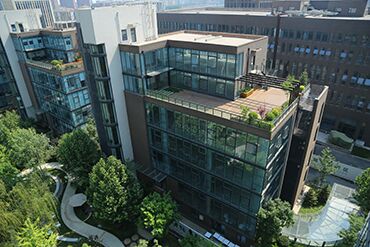
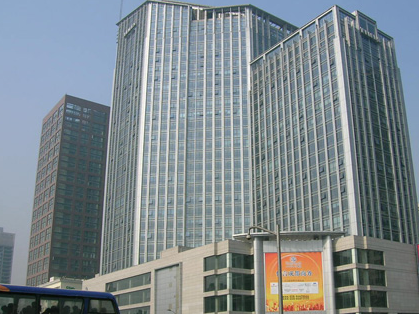


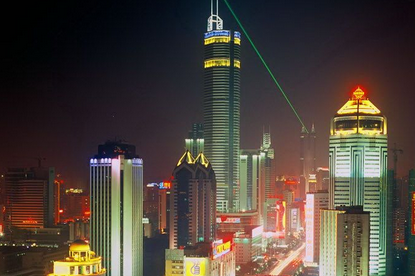
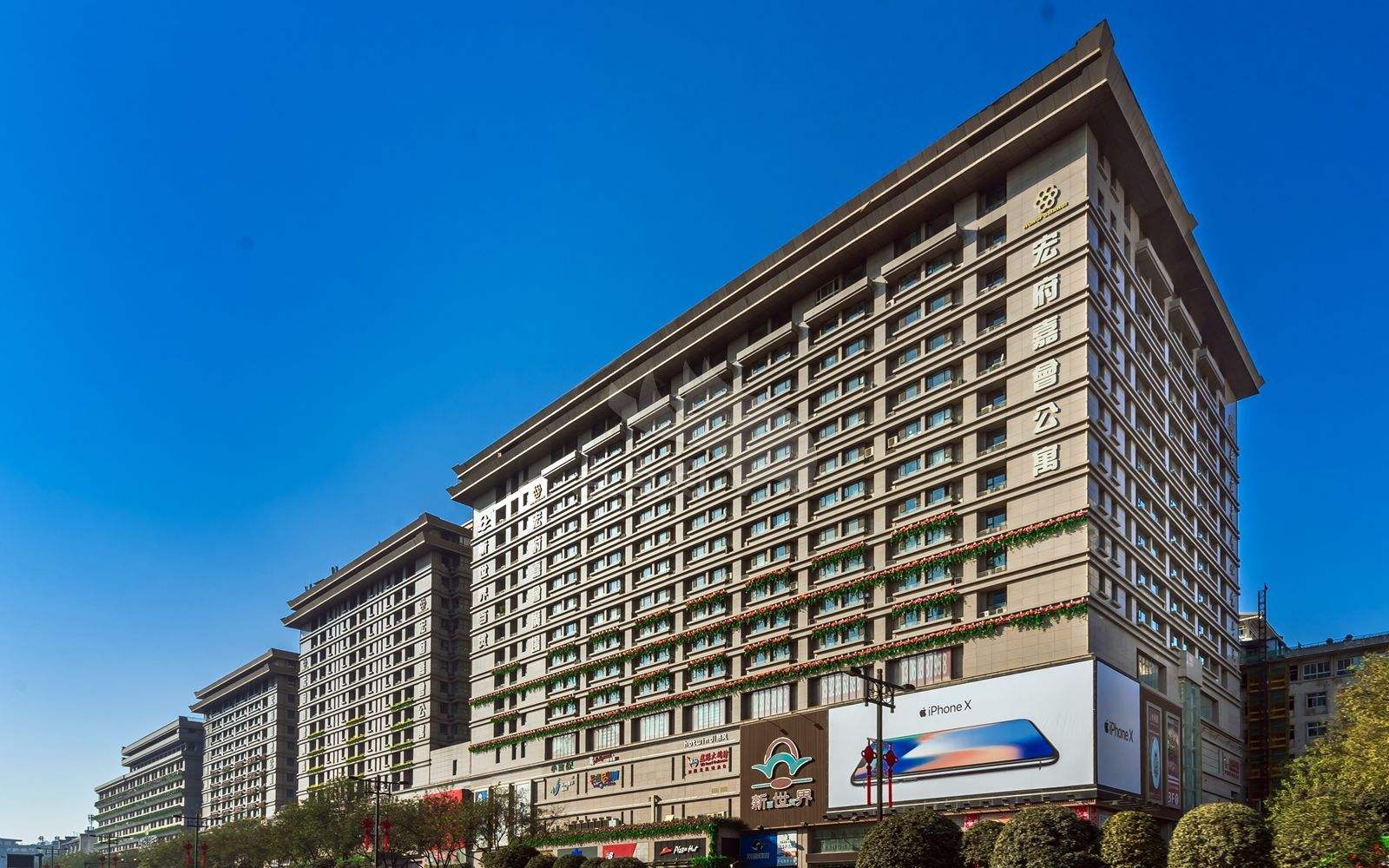
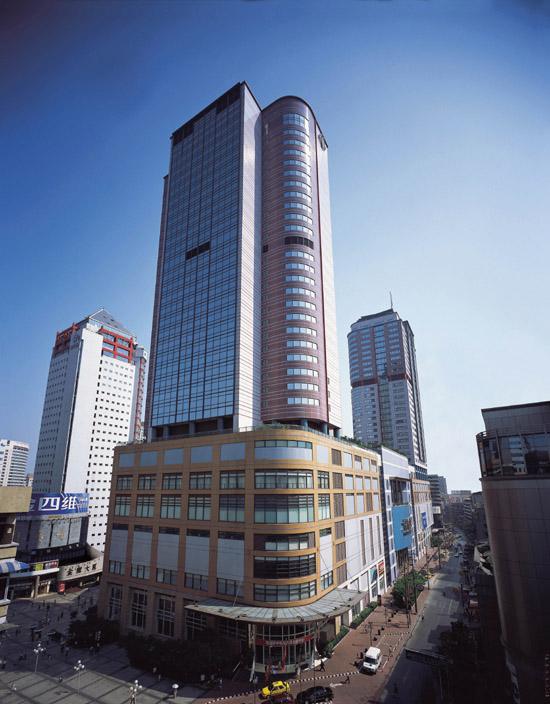







草莓小菇凉:说的非常好,十分有道理,棒棒棒!
06-08 15:44:55